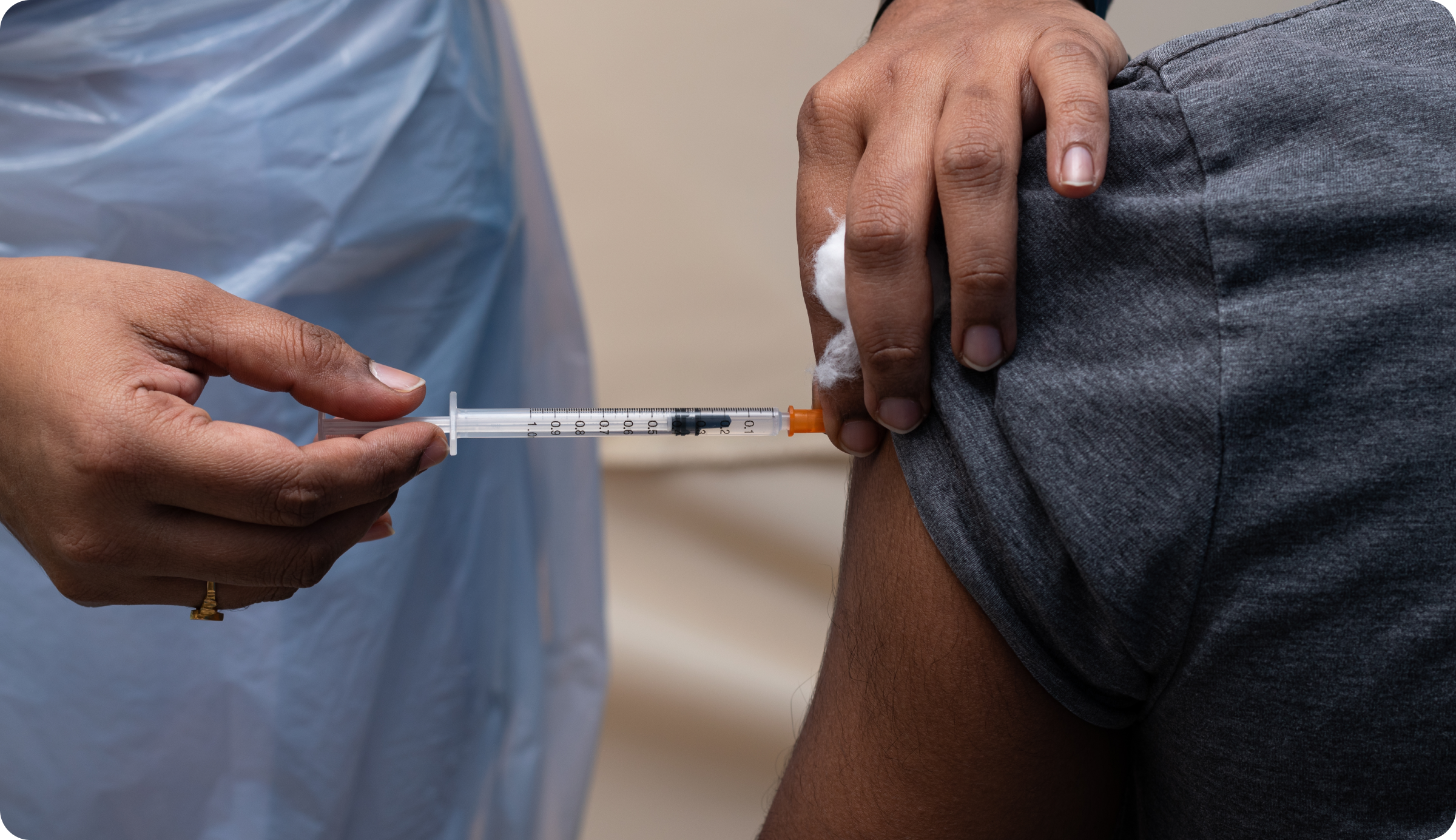The national nursing shortage often cuts deepest in rural communities. “We need nurses badly,” said University of West Alabama’s Assistant Professor, Dara Murray. “The black belt is riddled with issues, whether it’s education or healthcare, so what we do at UWA—preparing nurses—is crucial.”
Each year the state of Alabama is projected to have 3,275 openings for nurses until 2026. Luckily the University of West Alabama’s Nursing Division is filling up their program with nontraditional students to meet the state’s need.
But to best meet their nontraditional students’ and rural communities’ needs, Assistant Professors Dara Murray and Katherine Smith’s nursing department has developed some unique strategies.
The most recent and successful innovative strategy was investing in the video feedback software, GoReact.
Challenges
Preparing students to serve a region left bare by the nursing crisis is rewarding for professors Dara Murray and Katherine Smith. But it’s also challenging work.
Limited Faculty
Like many nursing programs, UWA’s Nursing Division has limited faculty. There are seven full-time faculty instructing eighty to over a hundred students.
“We’re so busy and stretched,” said Murray. “We literally do a little bit of everything. We teach theory in the classroom. We do skills labs. We facilitate clinical experiences. We teach clinicals in hospital settings. And we also run our simulation labs.”
This makes efficiency a necessity for UWA’s Nursing Division professors.
A Rural Area and Nontraditional Students
Along with limited faculty, there are unique challenges in teaching predominantly nontraditional students. Many educators define nontraditional students as “anyone who is not a first-time, full-time, straight out of high school, living in residence, college student.”
(As Needham Yancy Gulley point out, “nontraditional student” is an inaccurate and potentially harmful term. But because there isn’t a well-accepted alternative to “nontraditional students” among educators, we decided to use it.)
“It’s not all 18, 19, 20, 21-year-olds,” explained Smith. “We have a lot of students who are second-time college students and they have families at home.” That’s why balancing the responsibilities of a job and caring for a family requires greater flexibility.
In addition to time constraints, there are also physical constraints. Most UWA students are from rural communities and spend an hour or more commuting to campus or clinical experiences. Similar to their nursing professors that are stretched thin, time and efficiency are a precious necessity for nontraditional students too.
Grading Basic Nursing Skills
The challenges of the limited faculty and unique needs of nontraditional students come to a head when grading basic nursing skills: starting IVs, inserting catheters, and administering medication.
Before using GoReact, 80 students would sign up for a block of time in the skills lab to be assessed by a faculty member. It sounds simple enough, but it was too rigid for nontraditional students and limited faculty.
On average, professors were stuck in a skills lab for 24–36 hours a semester to assess basic nursing skills. And nontraditional students were asked to commute to campus for short skills validations.
GoReact Solutions
To face these challenges, the Division of Nursing decided to pilot GoReact, a secure cloud-based platform for students to submit video demonstrations and for faculty to grade and provide feedback. And it worked brilliantly.
Flexibility for Faculty
Professors significantly cut down their time spent in the lab. Instead of scheduling a lab and sitting in a room from 8:00 a.m. to 12:00 p.m., professors can sit in their office or in the privacy of their home to view and grade videos.
Flexibility for Nontraditional Students
With GoReact, nontraditional students in rural areas can practice and record anytime, anywhere. “It’s a major benefit,” said Professor Murray, “when students don’t have to drive three hours round trip for a quick skills validation.”
Greater Efficiency
The flexibility of GoReact allows professors greater time efficiency in the classroom, skills lab, and simulation lab. “We’ve been limited on lab time in the past because we had 80 students who needed to be validated on three 20-minute skills,” explained Professor Murray. “But with GoReact, we’ve implemented a physical assessment unit as an additional critical skill.”
Better Feedback and Student Preparation
GoReact did even more than give faculty and students more flexibility and efficiency. It also improved faculty feedback and student preparation.
The old model of in-person nursing skills validations limited the quality of faculty feedback. Students would perform basic nursing skills, and faculty waited until they finished before the debriefing. Professor Smith illustrated why this method was less than ideal:
If I saw something in their technique that I’d like to give feedback on, I’d have to wait until they’d completely finished. And when you base feedback off of your memory and you’ve been in a clinical lab for hours, everything starts to run together.
That’s why the time-stamped feedback in GoReact quickly improved feedback specificity and quality. And better feedback naturally led to better student outcomes.
Better Feedback
Students and instructors give time-coded feedback and place markers in the video. Assistant Professor Smith explained, “We can pause, rewind, and slow things down. It’s a clearer picture of what our students are doing.”
Improves Student Preparation
GoReact facilitates more practice and accurate feedback for students to improve quickly. Not only has Assistant Professor Murray seen an improvement, but adding the physical assessment unit has produced “consistent feedback from our clinical faculty and simulations coordinators that students are better prepared.”
Looking Forward
UWA’s Nursing Division has achieved incredible benefits after using GoReact for only a few semesters. Assistant Professors Smith and Murray are already planning new applications of GoReact to improve student outcomes. One of the ideas they discussed was assigning a self-evaluation in GoReact for the physical assessment. “We hope it will increase our first-time pass rate,” said Murray.
The professors hope that these new applications of GoReact will better prepare their students to serve their rural community.
If you’re interested in how technology can improve nursing education, read how GoReact solves other problems in our case studies.





